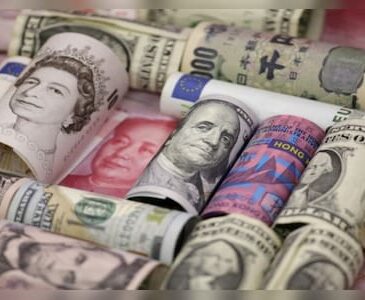
What’s going on here?
Asian emerging market currencies and equities wobbled after the US dollar rebounded, following comments from Federal Reserve Chair Jerome Powell.
What does this mean?
Powell’s remarks sparked speculation of a rate cut in September, stabilizing the dollar after it hovered near five-week lows. This recovery had varied impacts across Asian markets: the Indonesian rupiah slid 0.3%, while Indonesian stocks fell 0.5%. Despite the pressures, a poll predicts that Bank Indonesia will keep interest rates steady in their upcoming meeting. On the flip side, Malaysian equities climbed up to 0.3%, hitting a three-year peak, although the ringgit and Thailand’s baht inched down. Taiwan’s stock market surged 1.2%, with the Philippines and South Korea seeing slight gains. Conversely, China’s yuan and Shanghai Composite struggled due to ongoing economic issues, leading analysts to call for more significant stimulus and reforms.
Why should I care?
For markets: Diverse impacts across the region.
Powell’s comments shifted market dynamics, putting some Asian currencies and equities under pressure. Investors should note these nuanced reactions: while Indonesian and Chinese markets faced declines, Malaysia and Taiwan enjoyed positive movements. Analysts from Maybank and MUFG highlight that changes in US monetary policy and the global economic environment will continue to play critical roles in shaping these markets.
The bigger picture: Global policy ripples.
US fiscal strategies and trade policies could have broad ramifications for Asian economies. Trade tariffs on Chinese imports may further strain markets already dealing with internal challenges. With the US dollar potentially strengthening as elections approach, Asian currencies might face continued downward pressure. Long-term sustainable growth in the region will likely require significant economic reforms and increased stimulus measures, particularly in China, to revive investor confidence.


